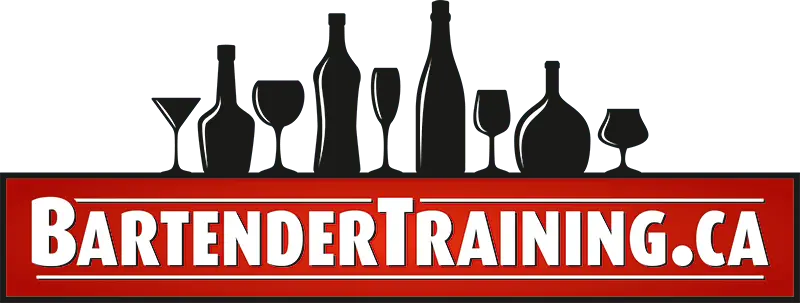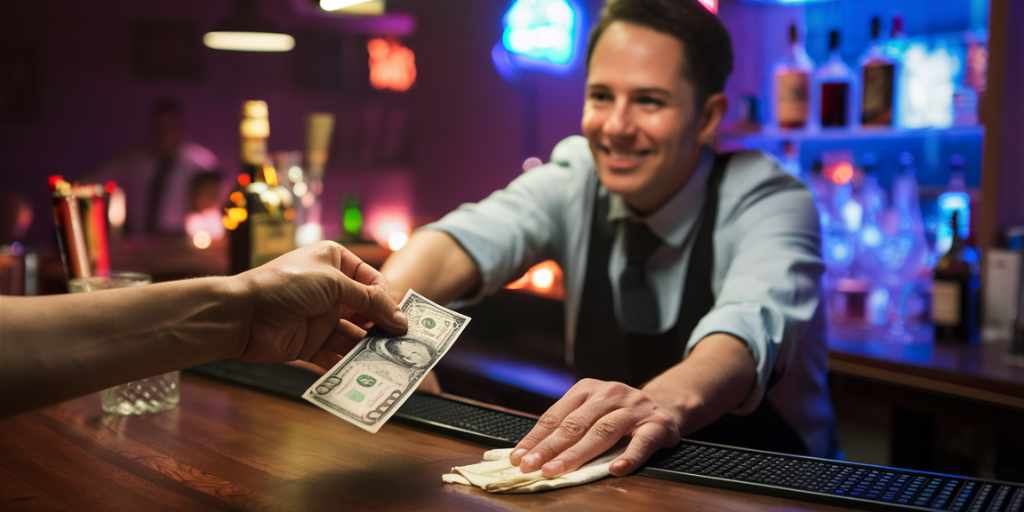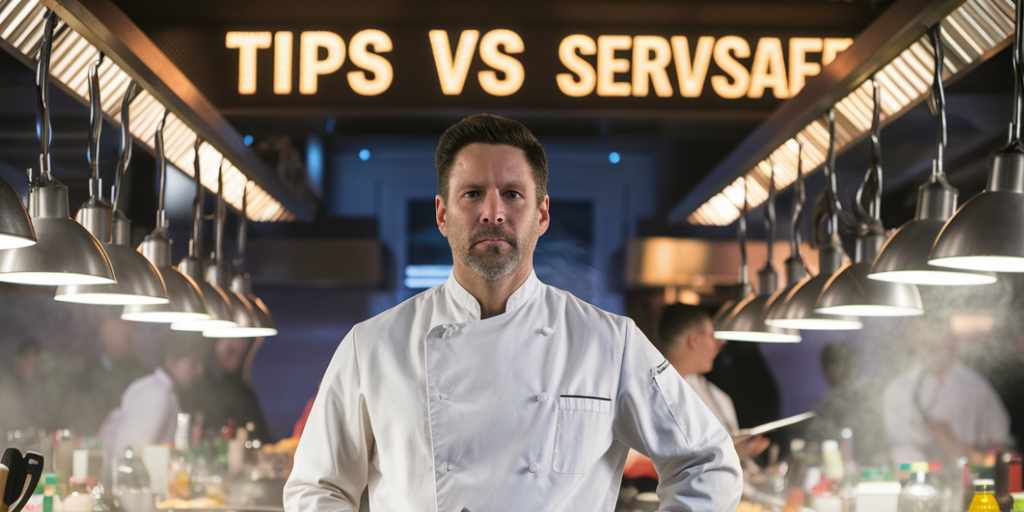In the world of bartending, appearance plays a significant role in conveying professionalism and maintaining a clean working environment. One crucial aspect of a bartender’s appearance is their hairstyle. As bartenders interact with various beverages, food items, and customers, it’s essential to prevent any hair-related issues that might compromise the quality of their service.
Different establishments might have specific dress codes and grooming guidelines for bartenders. Long-haired bartenders would often need to tie their hair back or style it so it won’t interfere with their work. Additionally, health regulations in some jurisdictions require food service workers, including bartenders, to use hair restraints to ensure a safe, sanitary environment.
Key Takeaways
- Bartenders need to maintain a professional appearance, which includes managing their hair.
- Many establishments require long-haired bartenders to tie their hair back or wear suitable hair restraints.
- Compliance with health regulations and maintaining a clean working environment are crucial aspects of hair management for bartenders.
Bartender Dress Code Essentials
Hair Policy Considerations
When it comes to bartending, it’s important to consider hair policy as part of the dress code. Long hair, especially when working in an environment with food and beverages, can pose a hygiene risk. As a result, many establishments require bartenders with long hair to tie it up or wear a hairnet to prevent any incidents. In addition to this, proper hair grooming is essential for maintaining a professional appearance.
Hygiene and Safety Standards
Maintaining high hygiene and safety standards is a priority for bartenders. This involves following proper hair policies and adhering to dress code requirements specific to the establishment. A common bartender dress code includes a solid black, long-sleeved top, black trousers, and black non-slip shoes. It’s crucial to wear attire that is both comfortable and functional, as bartenders need to move freely and perform their duties efficiently.
A bartender’s attire should also consider the establishment’s ambience, style, and dress code. For instance, bartenders working in upscale or formal venues may need a more polished and sophisticated outfit, such as button-down shirts or blouses paired with well-fitted pants or skirts. When selecting the right outfit, always prioritize personal grooming and hygiene and showcase your professionalism and unique personality as a bartender.
Legal and Regulatory Compliance
Health Codes and Regulations
Like other food service workers, bartenders must follow general health codes and regulations set by the food safety authorities. The FDA Food Code, for instance, provides guidelines for acceptable hair restraints. Employees must wear hair restraints such as hair coverings or nets, hats, beard restraints, and coverings for body hair when working. These rules and guidelines help maintain a sanitary working environment, thus preventing foodborne illnesses.
Employer Guidelines and Requirements
Employers may also establish their own guidelines regarding hair and grooming standards, reflecting the company’s policies and the overall vibe of the establishment. These employer guidelines can include aspects such as attire, accessories, and personal grooming practices. For example, in the restaurant industry, a bartender might be required to wear black pants and non-slip shoes as part of a uniform or dress code.
Bartenders need to adhere to both the legal regulations and employer requirements because they are responsible for ensuring the safety of their customers and preventing excessive drinking and drunk driving.
In conclusion, while specific hair requirements for bartenders may vary from one establishment to another, adherence to health codes and regulations and employer guidelines ensure a clean and professional working environment for bartenders.
Hair Management Solutions
Hair Accessory Options
Bartenders can use several hair accessories to keep their hair up and comply with food safety regulations. Some popular options include:
- Hairnets: These can provide full coverage for a person’s hair and effectively keep it out of their face. Hairnets are also versatile as they can accommodate different hairstyles.
- Hats: Bartenders can wear hats that match the establishment’s theme or style. This option not only meets hygiene requirements but also adds a touch of professionalism to their appearance.
- Headbands: A wide headband can help keep hair back and away from the face. This option is suitable for those with shorter hair and those who want to maintain their hairstyle while adhering to hygiene standards.
Best Practices for Hair Upkeep
Apart from using appropriate hair accessories, bartenders should also follow these best practices for maintaining clean and hygienic hair:
- Regular Washing: Bartenders must wash their hair regularly to keep it clean. Regular hair washing can prevent oil and dirt buildup that may inadvertently contaminate food or beverages.
- Properly Securing Hair: Regardless of the hair accessory used, bartenders must ensure that their hair is properly secured and away from their face. This is essential in reducing the risk of hair falling into drinks or other surfaces.
- Complying with Establishment Rules: Bartenders should know the specific hair regulations their workplace implements. Following these rules shows adherence to food safety guidelines and respect for the establishment’s requirements.
By using suitable hair accessories and following best practices, bartenders can maintain a professional appearance while ensuring that their own hair itself does not pose a risk to food or beverage safety.
Workplace Dynamics and Culture
Impact on Customer Experience
The way a bartender wears their hair can have a significant impact on customer’s food and experience. A bartender’s appearance is essential in creating a positive and professional atmosphere for customers. Neat and tidy hair looks professional and helps demonstrate that the bartender maintains proper hygiene standards. Maintaining proper hair restraints is crucial when food is also handled or prepared as it prevents any hair contact with clean food service equipment, utensils, food contact surfaces, and linens.
Ensuring that one’s hair or ponytail is properly restrained also fosters customer trust in the establishment and the bartender’s professionalism, which can lead to repeat business and customer loyalty.
Peer Expectations and Professionalism
In the workplace, fellow bartenders and other staff members often have expectations regarding presentation and professionalism. Upholding a professional image, including hair grooming, is essential for maintaining good working relationships with one’s peers. Many establishments and staffing agencies have their dress code, which may include specific requirements for hair restraints. Bartenders must comply with these standards to avoid conflict or negative impressions.
Some key points to consider:
- State regulations: Each state has its specific codes for whether or not a bartender has to have their hair up.
- Food handling: If a bartender is involved in food preparation, handling utensils, or other forms of food service, their hair will need to be properly restrained.
- Non-discriminatory: Dress code policies must target all employees and not single out or discriminate against a particular group.
In summary, how bartenders wear their hair can significantly impact customer experience and peer expectations in the workplace. Adhering to proper hair restraints demonstrates professionalism, complies with hygiene standards, and ensures a positive working environment.

Frequently Asked Questions
What are the hair regulations for bartending staff?
Hair regulations for bartending staff typically involve wearing hair restraints such as hair coverings, nets, hats, or beard restraints to prevent direct contact with food, utensils, and surfaces. The requirements may vary depending on the establishment’s policies and local health codes.
Why is it important for bartenders to wear their hair up?
Wearing hair up is important for bartenders to maintain cleanliness and prevent any hair contamination of food and beverages. Loose hair can fall into drinks, food, or touch surfaces, which creates an unhygienic environment and raises the risk of spreading illness.
Are there exceptions to hair policies for bartenders?
Exceptions to hair policies for bartenders depend on individual establishments and local health codes. Some places may be more lenient with their hair policy and allow bartenders to wear hair down or have short hair with more relaxed guidelines. Still, it’s essential to maintain proper hygiene regardless of the specific policies.
What are the general appearance standards for professional bartenders?
General appearance standards for professional bartenders include dressing according to the establishment’s dress code, maintaining personal grooming and hygiene, and wearing comfortable and functional clothing. Proper attire should reflect the establishment’s style and functionality for bartending duties.
How does hair length affect grooming rules for bartenders?
Hair length can impact grooming rules as shorter hair might require less stringent restraints, while longer hair may necessitate additional measures to ensure it stays secure and away from food or beverages. Regardless of hair length, it is important to follow the establishment’s guidelines and maintain a clean and professional appearance.
What personal hygiene guidelines should bartenders follow while on duty?
Bartenders should follow personal hygiene guidelines such as frequent handwashing, wearing clean and appropriate attire, adhering to hair and facial hair policies, and avoiding touching their face or hair while on duty. Maintaining cleanliness is essential to decrease the risk of food contamination and ensure a safe environment for both employees and patrons.
What should food handlers with facial hair do?
For those with facial hair, wearing beard restraints or coverings is often required to prevent hairs from falling into food or beverages. Compliance with this regulation depends on the establishment’s policies and local health codes, but food handlers are generally expected to take necessary precautions to maintain a hygienic environment.
Can you wear a hat instead of a hair net?
Hats can often be worn instead of hair nets as long as they restrain the hair and prevent contact with food, utensils, and surfaces. Choosing between a hat, hair restraint, or net depends on personal preference and the establishment’s guidelines.
Some establishments may require specific types of hats or head coverings to suit the environment and dress code.
Why can bartenders have their hair down?
Bartenders can have their hair down in some establishments, as there are no universal regulations.
However, in places where food and drinks are handled, it is common for employees handling food, including bartenders, to wear hair restraints for safety and hygiene reasons (source)
What are the three rules of being a bartender?
Three rules of being a bartender include prioritizing guest satisfaction, respecting boundaries within the establishment, and managing alcohol responsibly (source).
Can I wear my hair down as a server?
As a server, the requirement for wearing hair down varies by establishment. Sometimes, hair must be pulled up or cut above the shoulder to prevent it from falling while serving food (source).
What are the do’s and don’ts of bartenders?
The do’s and don’ts of bartenders include prioritizing customer service, avoiding over-pouring, being respectful, and not embarrassing patrons. Additionally, it’s important to settle tabs first, refuse to pour another beverage if necessary, and not bargain with patrons (source).
Are dishwashers required to wear hair nets?
Dishwashers are generally required to wear hair nets in food service establishments to maintain hygiene and prevent hair from contaminating dishes (source).
What Should a Female Bartender Wear?
Female bartenders are typically expected to wear professional and appropriate attire for the establishment, such as a dress shirt and sophisticated trousers or a skirt (source).
Can You Have Long Hair As a Waiter?
The acceptability of long hair for waiters depends on the restaurant’s dress code policy. Some establishments may require hair to be neatly tied in the back for hygiene and safety reasons, while others may permit long hair as long as it is well-groomed and maintained (source).




